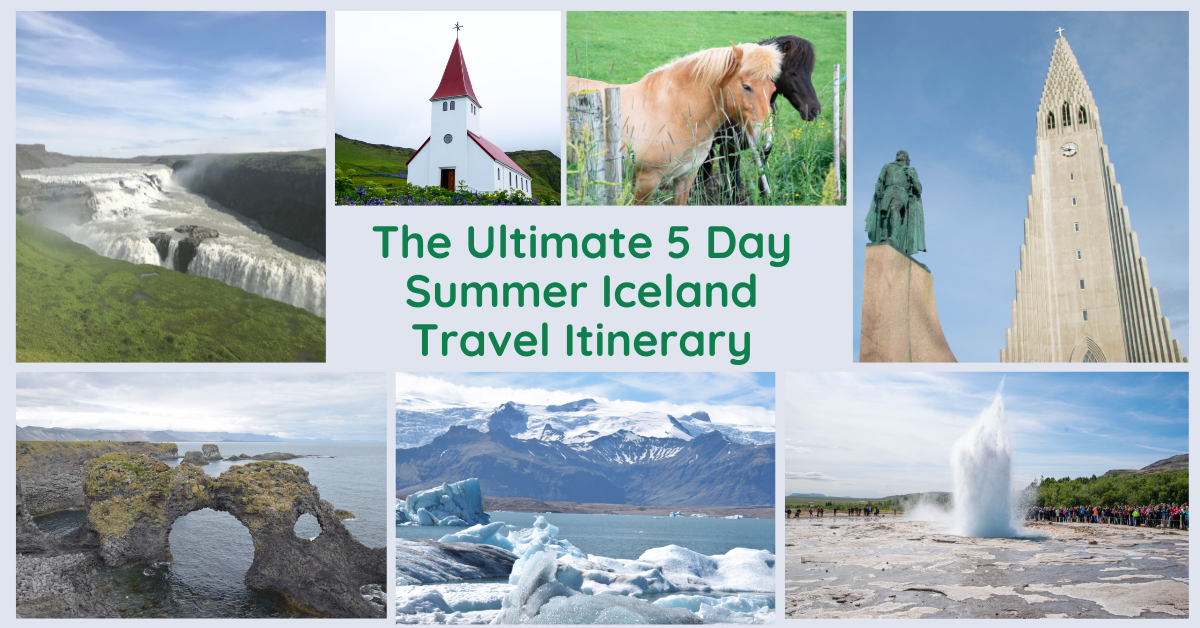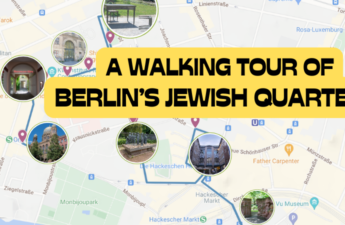If I had to describe the land of Fire and Ice to someone who hasn’t yet visited Iceland in the summer, I would tell them to close their eyes and imagine the green lush splendor of Hawaii and it’s waterfalls, then picture the wild open spaces and glaciers of Alaska, and just to mix it up, throw in an image of the rocky and barren surface of Mars. What you would get when you blend them all together is a magical and mystical placed called Iceland. The topography of this stunning island county is so unique, that is has been the cinematic backdrop for numerous movies and television series, including the popular HBO series, the Game of Thrones.
Iceland is a perfect destination for those wanting a break from the hordes of tourists that other popular European locations tend to deal with. The country’s total population is approximately 340,000, with 70% of its population living in the capital city of Reykjavik. The remaining population is spread out between charming coastal fishing villages and its second largest city, Akureyri, located on the northern coast. The interior section of Iceland is largely an uninhabitable artic wilderness. It is estimated that prior to the Covid travel shut down in 2020, approximately 2.5 million people a year made the journey to discover this gem of a country located on the edge of the Artic Circle.
While Iceland welcomes tourists year round, there has always been much debate on when the best time to visit is. If seeing the yellow, green, and pink neon-hued Northern Lights is on your bucket list, then the darker months of October through March will be the best time to visit. Although the northern lights will be spectacular and the crowds visiting Iceland a bit less, the shorter daylight hours may make driving and seeing other Icelandic “must see” sites more difficult.
If you are looking to experience the best that Iceland has to offer, summer is the ultimate time to visit. Planning a trip during the the more milder summer months has the advantage of longer days which makes traveling the desolate roads safer and gives you an opportunity to do some tours that you might not be able to do during other times of the year.
On my trip to Iceland, I had only 5 days set aside to explore this magical country. Since I didn’t want to rent a car and spend my days checking in and out of hotels or living out of a van, I created an itinerary based around the city of Reykjavik. Prior to arriving in Iceland, I had booked a few excursions from several different tour operators that would allow me to experience three distinct and vastly different areas of the country, while allowing plenty of time to fully explore the city. I would highly recommend that if you plan to do any organized tours, to book them in advance as they tend to sell out.
While I was initially worried that 5 days may not be enough, it ended up being the perfect amount of time to check off most of my bucket list items. If you are planning a trip to the land of the midnight sun, here is a peak at how you can spend 5 glorious days in Iceland.
How To Spend 5 Days In Iceland – The Ultimate Summer Itinerary
Day 1: Reykjavik
Arriving in Iceland:
After taking an overnight flight from Newark, NJ, the hubs and I arrived at the Keflavik Airport around 8:00 am. Once we breezed through customs and gathered our luggage, we opted to take a cab for the 30 mile drive into Reykjavik. Do be aware that taking a taxi from the airport to Reykjavik can be pricey, we paid $160 for the 45 minute trip into the city center. While there are less expensive ways to get from the airport such as the Flybus with fares starting at $34 pp, or private airport transfers, we wanted the convenience of hopping into the nearest taxi and the luxury of door-to-door transfer to avoid having to drag our luggage through the streets in search of our hotel.
Where we stayed:
Our home base for our 5 epic days in Iceland was the Sand Hotel on Laugavegur, a stylish boutique hotel situated within walking distance of restaurants, shops, and many of the top sites in Reykjavik.
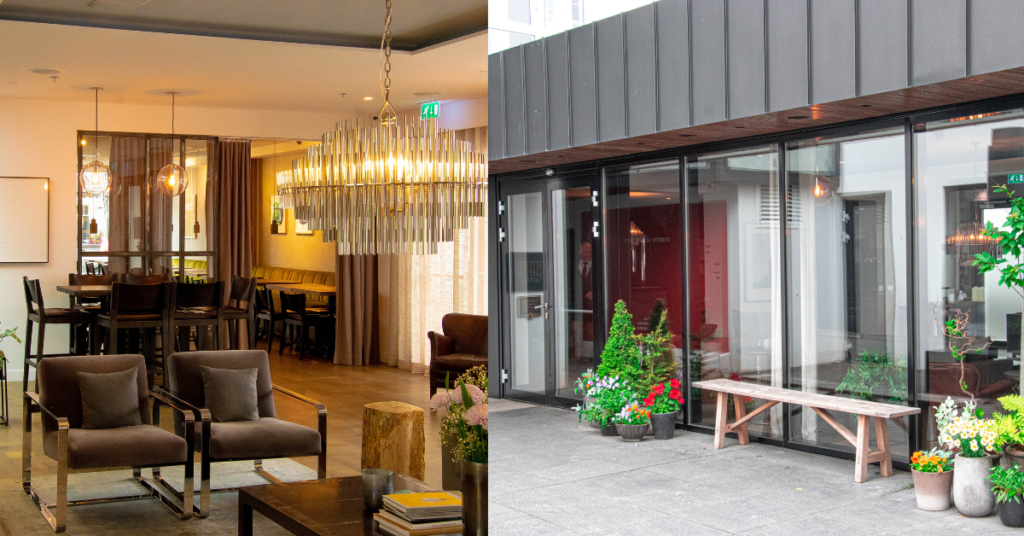
What I loved most about this hotel, besides the location, was the daily breakfast which featured mouth-watering baked breads, fresh fruit, smoothies, overnight oats, and the freshest sliced salmon that I have ever seen. Having a hotel that included breakfast was key for us as we had very early morning tours scheduled and didn’t want to risk missing the tour buses or being hungry until the tours stopped for lunch.
As a note, not many places are open for breakfast if you are heading out on an early morning tour, so staying at a hotel that offers breakfast is highly recommended.
What to see on your first day:
Depending on where you are staying, the list of things to see may be in a different order. The beauty of Reykjavik is that it is an extremely compact and walkable city allowing you to slip down cute little side streets on your way to seeing the “top” sights. There is no right or wrong way to explore Reykjavik, so go at your own pace. We split our explorations of Reykjavik on Day 1 and Day 5.
1| Take a stroll along the waterfront promenade where you will find:
The Hofdi House and Einar Benediktsson Statue: This landmark house is best known as the place where US President Ronald Reagan and General Secretary Mikhail Gorbachev of the Soviet Union held a summit that led towards the ending of the Cold War.
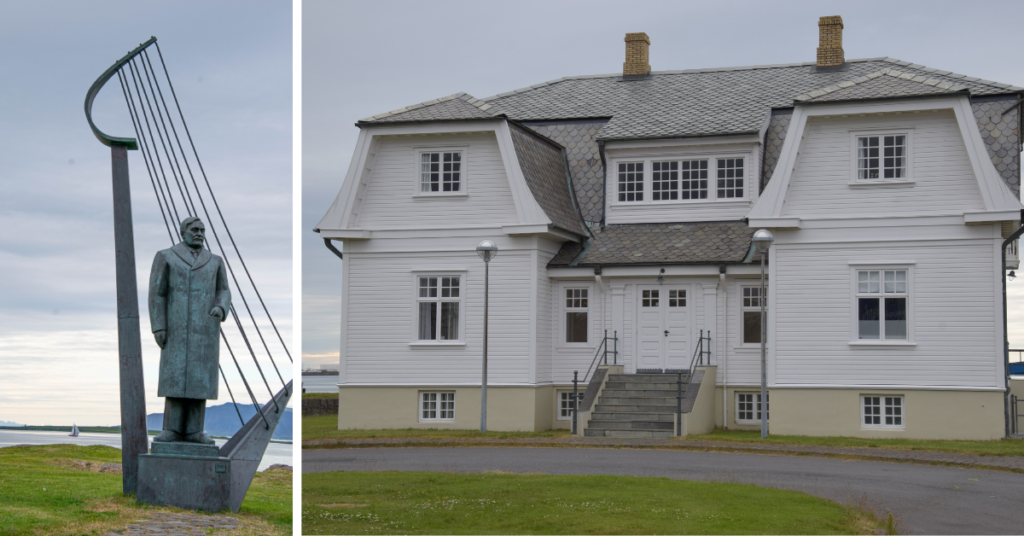
Hofdi Lighthouse: This striking yellow lighthouse, located on the waterfront near the Hofdi house, is one of Reykjavik’s newest additions. Built in 2019, the lighthouse was designed both as a functional lighthouse as well as a colorful attraction.

The Partnership Sculpture: This green anchor looking sculpture was given to Iceland in 1991 to celebrate 50 years of good diplomatic relationship between Iceland and the USA.

The Sun Voyager: Artist Jón Gunnar Árnason’s steel sculpture measuring in at 17 meters long and weighing 2.6 tons, took him one year to make and in 1986 the city of Reykjavik installed it to mark its 200th anniversary. It has since become one of the city’s top tourist attractions.
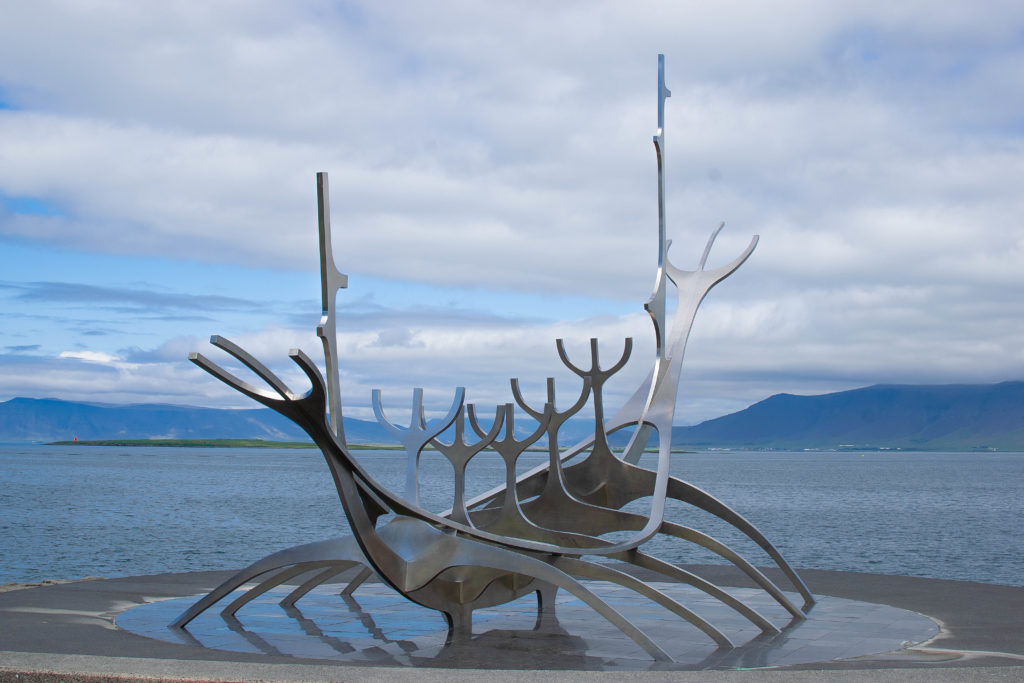
The Harpa: One of Reykjavík’s most architecturally stunning buildings and a hub for the city’s cultural and social life, the Harpa is a top tourist attraction. Since opening its doors in 2011, the Harpa has been visited by millions of people.
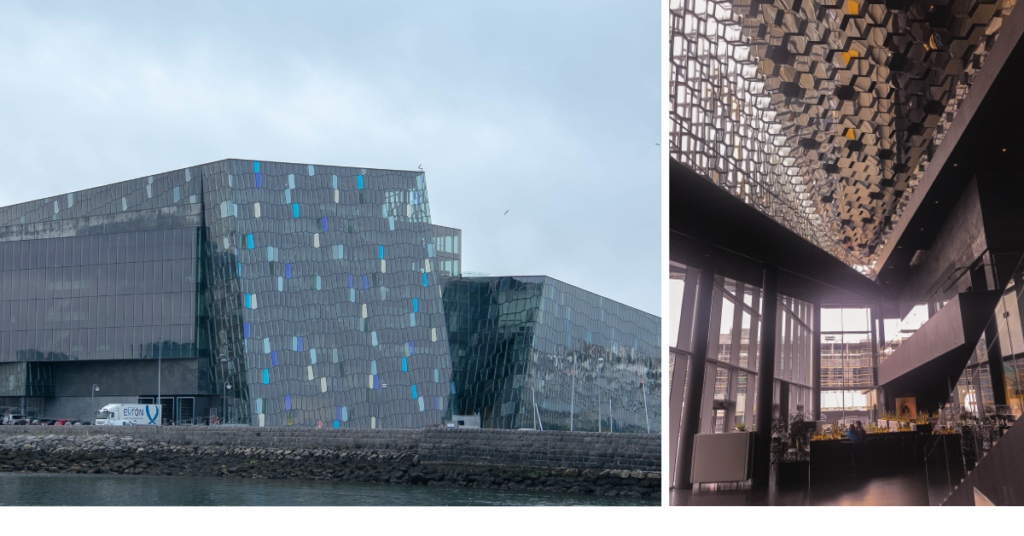
2| Explore Laugaveger – Reykjavik’s lively dining and shopping street: Lined with cute little boutiques, souvenir stores, and restaurants, this pedestrian street is one of Reykjavik’s most colorful and artsy areas, and a must see.

3| Discover Reykjavik’s famous art murals: Reykjavik has an artsy vibe with amazing street art worth discovering. Be sure to slip down side streets to view some of the city’s best painted buildings. Read more.
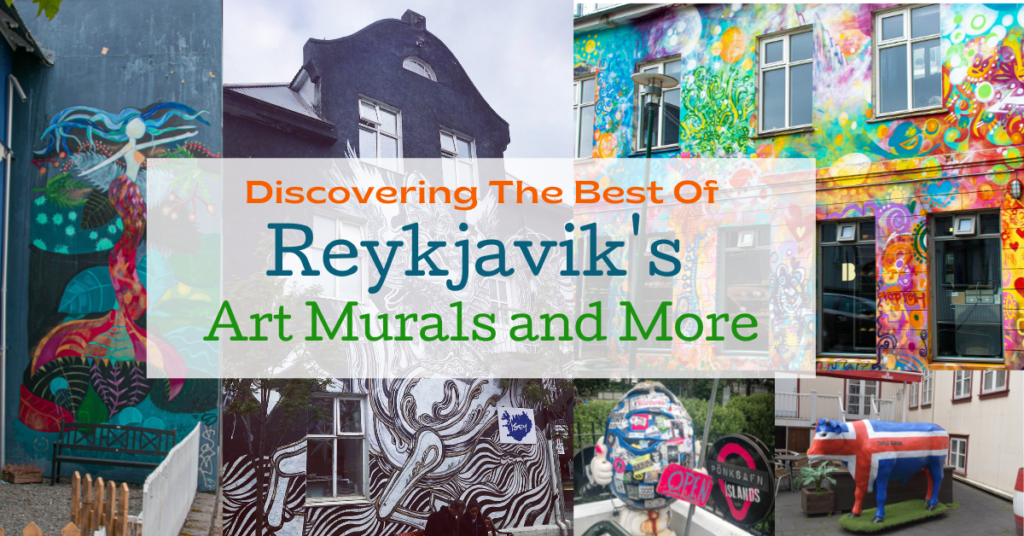
4| Check Out The Icelandic Punk Museum: This unique museum is housed in a former restroom – rebellion at its finest.

5| Hallgrimskirkja Church: This iconic church is the largest church in Iceland, towering over the city of Reykjavik. The 73-meter tall tower has a viewing platform where visitors have 360° views of Reykjavik.
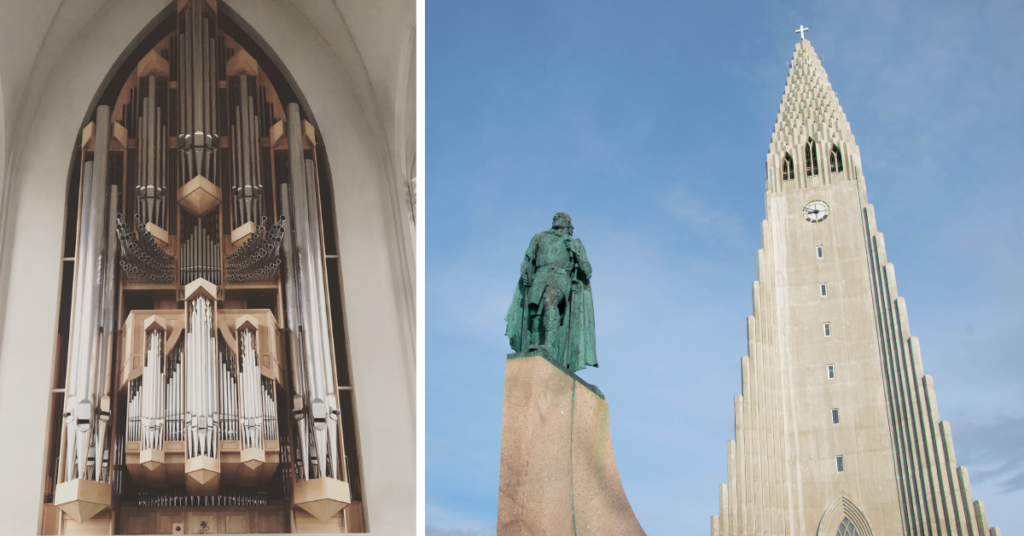
Day 2: The Snaefellsnes Peninsula
On day two of our summer Iceland adventure, we took the first of three pre-booked guided tours and headed to the west coast of Iceland to explore the diverse scenery and sites of Snaefellsnes Peninsula. The 11-hour day tour packed in some of the most awe inspiring views, as well as some world famous landmarks.
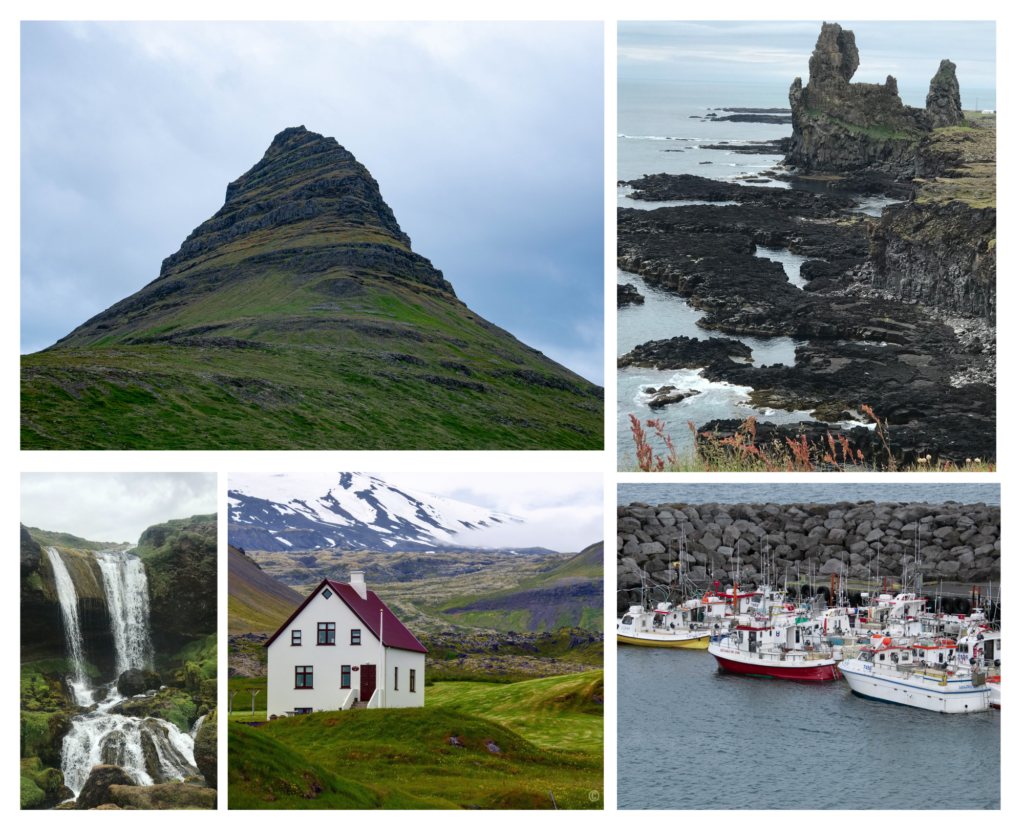
Depending on the tour company you choose to book through, the order of stops and sights you will see may vary. We chose to travel with BusTravel Iceland, which offered an itinerary that included stops at:
- Selvallafossk, known as the secret falls
- Kirkjufel Mountain, made famous from the HBO series “Game of Thrones
- Bulandshofoi View Point
- Olafsvik, a charming fishing village where we stopped for lunch at Sker Restaurant
- Djupalonssandur, a black pebble beach featuring dramatic lava formations and a famous shipwreck
- Londranger View Point
- Arnarstapi, a small fishing village with a 2.5 km circular path that leads to to several unique sites and views.
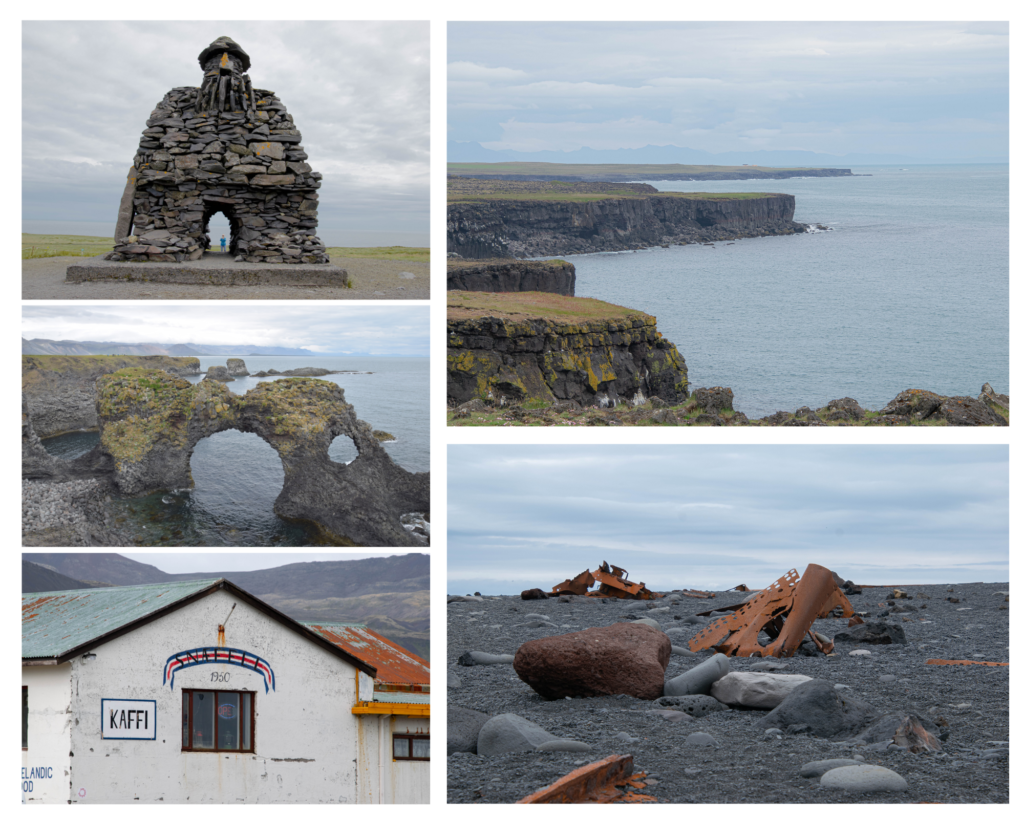
Day 3: The Golden Circle Tour
Day three took us to see some of the most popular and most visited sites in Iceland with a tour of the Golden Circle. This happens to be the shortest tour timewise (approximately 6 to 8 hours depending upon the tour company and the number of stops on the itinerary) and the closest distance to Reykjavik, giving visitors who only have one day to see Iceland (think cruise ship passengers or one-day layover tourists) a great way to experience the best of what this country has to offer in just a few hours.
In the summer months, you will have the option of doing the sunset tour with less crowds, or your can do the classic day tour (which can be very crowded at certain landmarks if there is a cruise ship docked in town).
The top Iceland landmarks that you will see while on a tour of the Golden Circle are:

- Kerid Volcanic Crater – a stunning crater with an aquamarine lake and amazing views.
- Gullfoss Water Fall – This is the equivalent of Iceland’s version of North America’s Niagara Falls. The pure beauty and the force of gushing waters will have you memorized.
- Strokkur Geysir – Witness this geysir erupt every 7-10 minutes. This is a very popular stop on the Golden Circle tour.
- Thingveiller National Park – this magnificent natural wonderland is the location where you can walk between the Eurasian and the North American continental plates.
Day 4: South Coast and Jökulsárlón Tour
Today was spent touring sites I would describe as the crown jewel of our Icelandic adventures as we explored the South Coast and Jokulsarlon. This 16+ hour tour is only offered in the summer due to the distance the tour covers. During the rest of the year, this tour is offered as a 2-day overnight excursion. What I enjoyed most about our day 4, was the small number of other travelers that were on our tour, just 16 of us. At some points along the journey, we didn’t see or interact with other tours, creating a feeling as if we were the only visitors in this part of Iceland.
The full day trip included places to stop along the way for lunch, snacks, and dinner, and we were treated to some of Iceland’s most iconic and picturesque Instagram worthy locations. As a special treat, our driver pulled off the road so that our group could pet and interact with a few Icelandic horses!
The South Coast and Jokulsarlon tour highlights include:

- Skogafoss – a beautiful massive cascading waterfall that is one of the more famous of Iceland’s attractions.
- The Town of Vik – A small fishing village with it’s iconic red-roofed church. You will stop here for lunch.
- Iceland’s largest lava field with 500 sq miles of mossy covered rocks, and other worldly landscape and terrain.
- Hofskirkja Church – Built in 1884, this was the last turf roof church built in Iceland.
- Diamond Beach – this location gets its name from the shimmering ice chunks that wash a shore on a stretch of black sand beach.
- Jokulsarlon Lagoon – This glacier lake is home to fascinating floating white, blue, and black streaked icebergs. We opted to take the amphibian boat tour, which allowed us to view these unique shaped icebergs up close.
- The Bridge Wreck – during a massive flood, the powerful and destructive force of the water twisted the steel bridge into interesting shapes.
- Reynisfjara Beach – The stunning black sand and pebble beach is home to spectacular basalt columns and caves. Look for the famous rock formations just off the coast. You will stop here for dinner.
- Icelandic Horses – a special impromptu stop allowed us to get up-close and personal with some of Iceland’s famous horses.
- Seljalandsfoss – While Iceland has more waterfalls than one can humanly count, Seljalandsfoss is one that is uniquely distinct as there is a path that leads you behind the falls for an awe inspiring view.
Day 5: Reykjavik’s Old West Side, Old Harbor and Puffin Boat Tour
Our itinerary for day five, had us exploring the Old Harbor area of Reykjavik and taking an afternoon boat tour to see the artic puffins. While we had the choice to do Iceland’s top tourist attraction, the Blue Lagoon (open year round), we opted to skip it to take advantage of the limited opportunity to see the puffins which can only be seen from mid May to August. If you’re not into a Puffin or a Whale watching sightseeing tour and your heart is set on seeing the Blue Lagoon, swap out the afternoon Puffin tour.
Reykjavik’s Old West Side and Old Harbor are the oldest and most historic sections of the city. This area is extremely walkable and many of the city’s top museums and historical landmarks are located within blocks of each other. What we enjoyed most about this part of Reykjavik was the laid back seaside vibe of this area and many shops and restaurants it has to discover.
What to see in Old West Side:
Phallogogical Museum: This museum may not be for everyone, but if you’re into seeing the world’s largest penis collection, with specimens from every animal species you can imagine, then this is an experience that will give you something to tell your friends about.
Reykjavik Art Museum: Built in 1973, this is the largest visual art institution in Iceland featuring contemporary artwork.

Reykjavik Photography Museum: Home to five million photographs taken from the year 1870 to the present, the museum’s collection includes studio portraits, industrial, advertising, press, landscape and other genres of photographs.

Saga Museum: Sometimes referred to as the Viking Museum, the Saga Museum tells the rich history of Iceland and the lives of it’s first settlers.
The Settlement Museum: This underground museum in Reykjavik, is built around an archeological dig which unearthed a 10th century Viking longhouse as well as some of the oldest remains of human habitation.
The Oldest House in Reykjavik: Aoalstraeti 10, is where you will find this little black wooden house, which is the oldest standing house in Reykjavik.

National Museum of Iceland: This museum not only contains interesting items from the early settlement days, but also includes Iceland’s history from the 1600’s to today.
Reykjavik Cathedral: While most visitors flock to Hallgrimskirkja Church, there is another historic church that should be not be missed. Built in 1796 it was the first building to be completed when Reykjavik was proposed to become the capital city of Iceland.

Spend your afternoon checking out Old Harbor and go on a Puffin sightseeing tour
For the second half of the day, we headed over to the charming Old Harbor for lunch and to take a sightseeing boat tour to see the north Atlantic Puffins. These small colorful birds are a fascinating sight and a unique experience to see in the wild. The boat tour was not only educational but it also allowed us to experience Iceland from the water.
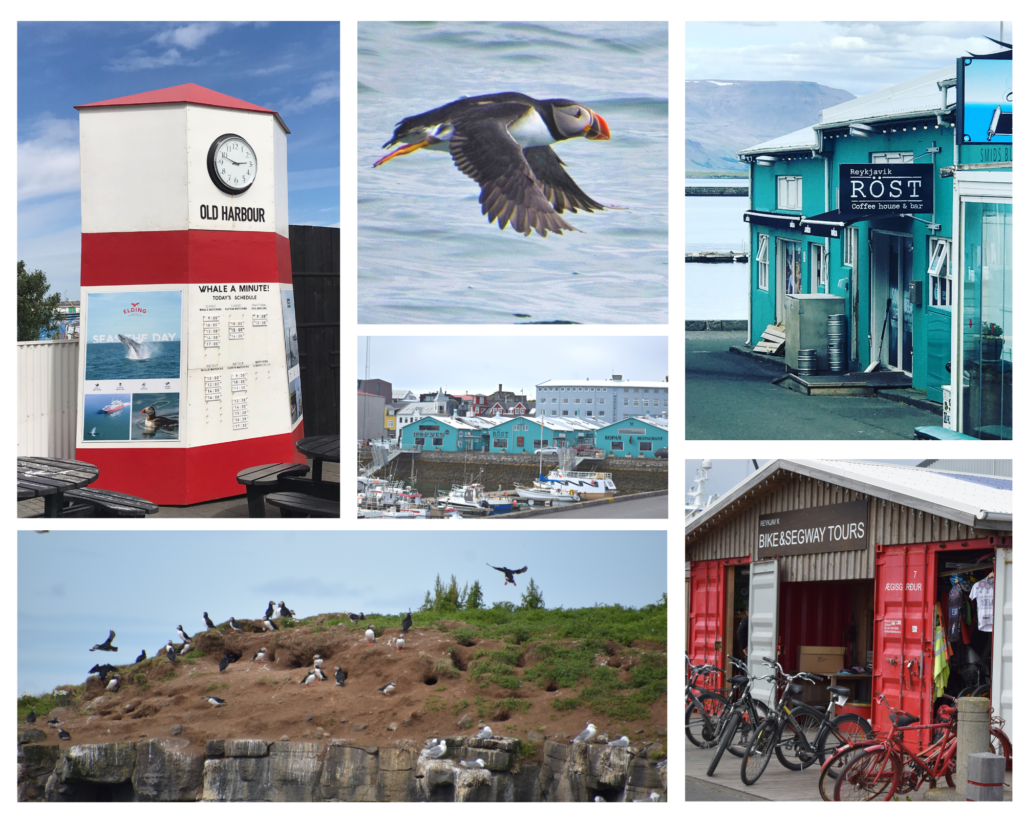
Tips For First Time Vistors:
- Do not underestimate the weather. A summer trip to Iceland may fool you into thinking temperatures might be on the warm/mild side, but it is still located very near the artic circle, making summer temps chilly for some visitors. Expect temperatures to hover around 50 degrees F, but note, it’s not uncommon for it to dip down to 45 degrees F or go up to 68 degrees F. Locals will tell you that on any given summer day to be prepared to experience all four seasons within a 60-minute time period. It can go from bright, warm, and sunny to windy, cold, gray and rainy in a blink of an eye.
- Dressing in layers is a must, and so is having a water resistant jacket and/or pull on water resistant pants.
- The dress code in Iceland is more relaxed than in other European countries. Athletic and hiking attire is commonly seen being worn by locals and tourists alike. Leave your dressier garb for another trip.
- Iceland is expensive. I knew this before traveling so I wasn’t as sticker shocked as some first time travelers are. To offset our budget, we stayed at a hotel that offered free breakfast, which not only was easy on the wallet but we didn’t have to search for a place to eat before our early morning tours.
- Make sure your hotel has heavy blackout curtains. The summer daylight hours are from 3:00 am to 12:30 pm, and during the summer solstice, the sun will never set. If you want to sleep, you need blackout curtains or a thick sleeping mask.
- Book your day tours in advance. Some of the more popular tours get sold out weeks in advance. Also, don’t be put off by tours that are are long hours. The further you venture from the city center, the more incredible your adventure becomes — plus you are not doing the driving.
- Make sure to have plenty of space on your SIM cards and extra batteries for your phone and cameras. When you are touring for 10 to 18 hours, you are bound to take more pictures than you anticipate and charging stations are far and few between.
- The Icelandic people are some of the most friendly people you will meet. Don’t be afraid to ask them for their advice on the best things to do and see while visiting.
We hope that you are inspired to pack your bags and jump on the next plane to Iceland. If you do, be sure to bookmark this page and leave a comment on what you loved the most about Iceland.
